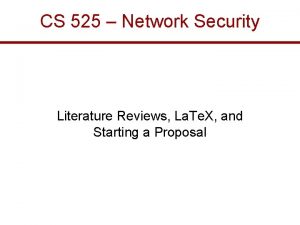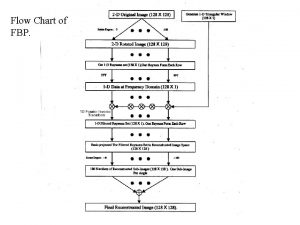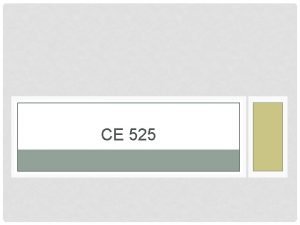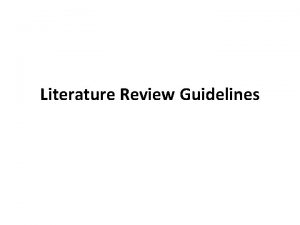CS 525 Network Security Literature Reviews La Te












- Slides: 12

CS 525 – Network Security Literature Reviews, La. Te. X, and Starting a Proposal

Literature Review • How to start? – Google Scholar • Firefox add-on to add to search bar • Works hard to give you a PDF • Has an “Import into Bib. Te. X” option – www. wpi. edu/+library • And then? – Act like a Web crawler • Take promising documents, look at who it cites and who it is cited by to find other relevant documents – As you learn relevant jargon/key words, search for those as well and iterate

Literature Review – Continued • Use abstracts, tables, figures, intros, and conclusions to find related works. • When do I stop? – When you seem to have exhausted the most closely related work • No new relevant citations (or cited by) from any of the papers you have found • No new useful keywords to search • When it seems like you have a full mesh

Literature Review – FAQ • What if nothing is related? – You need to be more liberal in your view of “related” • If you squint, maybe X or Y is somewhat close – Eventually, it all comes back to seminal works in networking in the end – People hopefully have not done exactly what you’re doing, but you got your ideas from somewhere

Tools of the Trade • La. Te. X – Emacs does okay – Te. XShop on Mac is pretty reasonable – Linux tools also exist for common macros • Bib. Te. X – Emacs has a Bib. Te. X environment. It’s meh. – Bib. Desk on Mac is awesome. • Tried KBib. Desk port on Linux, was underwhelmed – Not as familiar with good Linux tools

La. Te. X Tutorial • This is an example of how I do things and some of the cool stuff La. Te. X can do. • Some of you have tried La. Te. X now – Any tips? Tools that work well?

Let’s do a Proposal

The Heilmeier Catechism – What are you trying to do? Articulate your objectives using absolutely no jargon. – How is it done today, and what are the limits of current practice? – What's new in your approach and why do you think it will be successful? – Who cares? If you're successful, what difference will it make? – What are the risks and the payoffs? – How much will it cost? How long will it take? – What are the midterm and final "exams" to check for success?

Catechism – 1 • What are you trying to do? Articulate your objectives using absolutely no jargon. – Computers communicate through networks in small groups of information. Special Internet devices direct these groups of information from the source to the destination. Unfortunately, these devices can be attacked, causing them to misdirect information. This can be used to spy on users, make some destinations unavailable, or to forge identities.

Catechism – 2 • How is it done today, and what are the limits of current practice? – At this point, nobody tries to prevent these attacks. They simply trust everyone involved to not attack them. Unfortunately, this trust is sometimes betrayed, leading to outages or intentional communication interceptions. • What's new in your approach and why do you think it will be successful? – I am going to apply advanced mathematics, called cryptography, to the protocol to allow me to secure the network. This will give me evidence that the requests are valid. I think I will be successful because such an approach was successful for securing Web traffic and my needs are similar.

Catechism – 3 • Who cares? If you're successful, what difference will it make? – All Internet users will care. It will make attacks less likely to succeed and ensure information travels along the intended paths. • What are the risks and the payoffs? – The cryptography I will use is heavy-weight and can slow down the devices responsible for directing traffic. This may be infeasible in practice. However, if it succeeds, we can prevent many attacks.

Catechism – 4 • How much will it cost? How long will it take? – I don’t have to answer this. • What are the midterm and final "exams" to check for success? – I will try to implement it on a device and see if it works for that device. I will monitor the amount of time required to send information. If the time is over 50% more, it will be too costly to use. – My final exam will be to use multiple routers and examine the end-to-end delays from the approach. If the delay increases by more than a second, it will be too high to be usable.
 Security security security
Security security security The osi security architecture
The osi security architecture Guide to network security
Guide to network security Wireless security in cryptography
Wireless security in cryptography Electronic mail security in network security
Electronic mail security in network security Security guide to network security fundamentals
Security guide to network security fundamentals Security guide to network security fundamentals
Security guide to network security fundamentals Literature review on network security
Literature review on network security Barema 525 onderwijs
Barema 525 onderwijs Jjc placement testing
Jjc placement testing Bme 525
Bme 525 Ce-525
Ce-525 Truman
Truman























